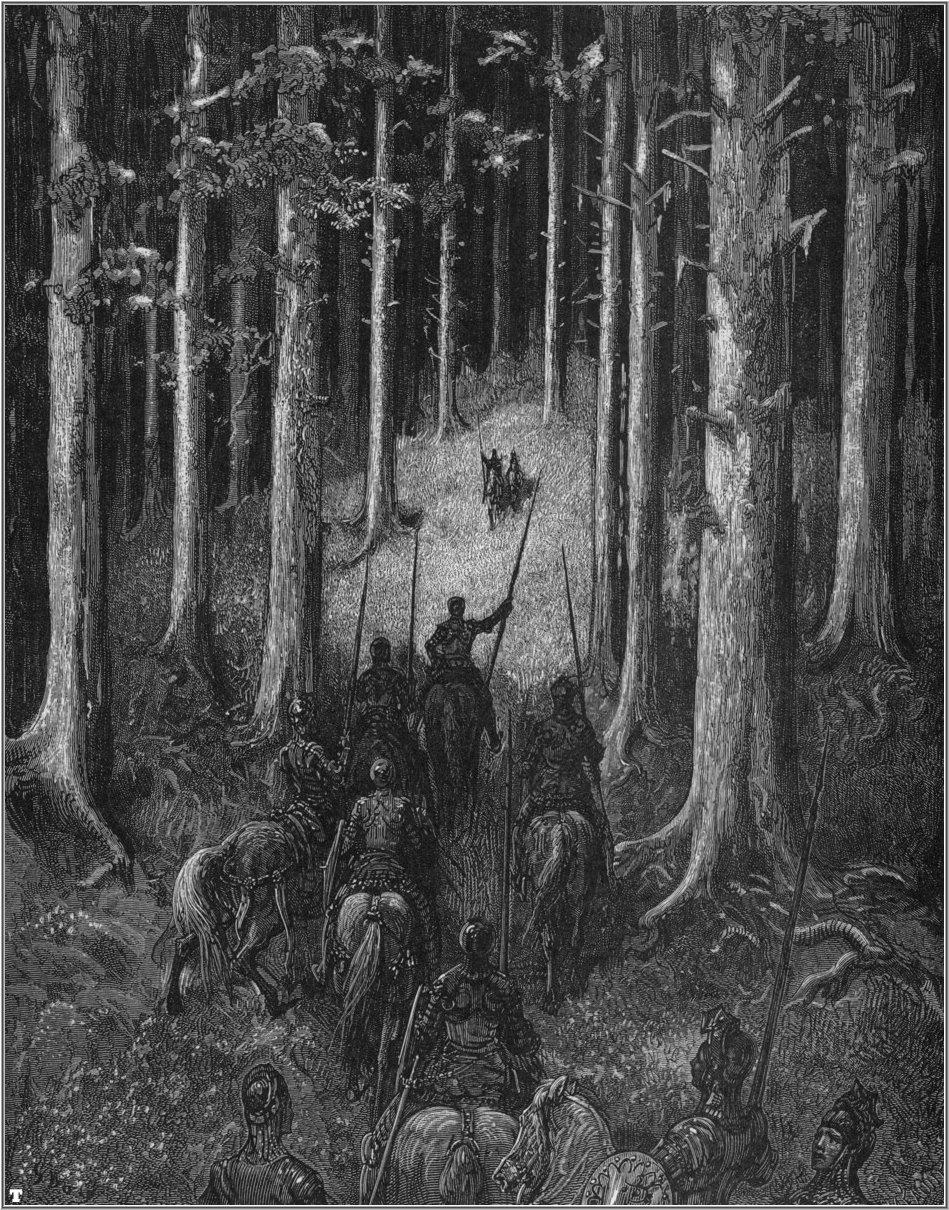|
HMS Rinaldo (1860)
Four ships of the Royal Navy have borne the name HMS ''Rinaldo'', derived from the mythical knight Renaud de Montauban: * was a 10-gun launched in 1808. She was converted to a packet ship, packet brig in 1824 and was sold in 1835. * was a wooden screw sloop-of-war, sloop launched in 1860 and sold in 1884. * was a sloop launched in 1900 and sold in 1921. * was an launched in 1943 and broken up in 1961. {{DEFAULTSORT:Rinaldo, Hms Royal Navy ship names ... [...More Info...] [...Related Items...] OR: [Wikipedia] [Google] [Baidu] |
Royal Navy
The Royal Navy (RN) is the naval warfare force of the United Kingdom. It is a component of His Majesty's Naval Service, and its officers hold their commissions from the King of the United Kingdom, King. Although warships were used by Kingdom of England, English and Kingdom of Scotland, Scottish kings from the early Middle Ages, medieval period, the first major maritime engagements were fought in the Hundred Years' War against Kingdom of France, France. The modern Royal Navy traces its origins to the English Navy of the early 16th century; the oldest of the British Armed Forces, UK's armed services, it is consequently known as the Senior Service. From the early 18th century until the World War II, Second World War, it was the world's most powerful navy. The Royal Navy played a key part in establishing and defending the British Empire, and four Imperial fortress colonies and a string of imperial bases and coaling stations secured the Royal Navy's ability to assert naval superior ... [...More Info...] [...Related Items...] OR: [Wikipedia] [Google] [Baidu] |
Renaud De Montauban
Renaud (or Renaut or Renault) de Montauban (Modern ; ; ; or ) was a legendary hero and knight which appeared in a 12th-century Old French known as ''The Four Sons of Aymon''. The four sons of Duke Aymon are Renaud, Richard, Alard and Guiscard, and their cousin is the magician Maugris (; or ). Renaud possesses the magical horse Bayard (legend), Bayard and the sword Flamberge, Froberge (; or ). The story of Renaud was popular across Europe. The tale was adapted into Dutch, German, Italian and English versions throughout the Middle Ages, inspired the Old Icelandic , and also incited subsequent sequels and related texts that form part of the Doon de Mayence cycle of ''chansons''. Renaud, as Rinaldo, is an important character in Italian Renaissance epics, including ''Morgante'' by Luigi Pulci, by Matteo Maria Boiardo and by Ludovico Ariosto. Quatre Fils Aymon The oldest extant version of the anonymous Old French ''chanson de geste'' ''Quatre Fils Aymon'' dates from the late 1 ... [...More Info...] [...Related Items...] OR: [Wikipedia] [Google] [Baidu] |
Packet Ship
Packet boats were medium-sized boats designed mainly for domestic mail and freight transport in European countries and in North American rivers and canals. Eventually including basic passenger accommodation, they were used extensively during the 18th and 19th centuries, and had regularly scheduled services. In the 18th century, packet boats were put into use on the Atlantic Ocean between Great Britain and its colonies, where the services were called the packet trade. In the later 19th century, steam-driven packets were used extensively in the United States on the Mississippi and Missouri rivers, supplying forts and trading posts. History Packet craft were used extensively in European coastal mail services since the 17th century, and gradually added minimal passenger accommodation: "firing" (i.e. a place to cook), drinking water (often tasting of indigo or tobacco, which the water casks had previously held), and a place to sleep. Scheduled services began to be offered, but th ... [...More Info...] [...Related Items...] OR: [Wikipedia] [Google] [Baidu] |
Brig
A brig is a type of sailing vessel defined by its rig: two masts which are both square rig, square-rigged. Brigs originated in the second half of the 18th century and were a common type of smaller merchant vessel or warship from then until the latter part of the 19th century. In commercial use, they were gradually replaced by Fore-and-aft rig, fore-and-aft rigged vessels such as Schooner, schooners, as owners sought to reduce crew costs by having rigs that could be handled by fewer men. In Royal Navy use, brigs were retained for training use when the battle fleets consisted almost entirely of iron-hulled steamships. Brigs were prominent in the coastal coal trade of British waters. 4,395 voyages to London with coal were recorded in 1795. With an average of eight or nine trips per year for one vessel, that is a fleet of over 500 Collier (ship), colliers trading to London alone. Other ports and coastal communities were also served by colliers trading to Britain's coal ports. In the ... [...More Info...] [...Related Items...] OR: [Wikipedia] [Google] [Baidu] |
Sloop-of-war
During the 18th and 19th centuries, a sloop-of-war was a warship of the Royal Navy with a single gun deck that carried up to 18 guns. The rating system of the Royal Navy covered all vessels with 20 or more guns; thus, the term encompassed all unrated warships, including List of gun-brigs of the Royal Navy, gun-brigs and Cutter (boat), cutters. In technical terms, even the more specialised bomb vessels and fire ships were classed by the Royal Navy as sloops-of-war, and in practice these were employed in the role of a sloop-of-war when not carrying out their specialised functions. In World War I and World War II, the Royal Navy reused the term "sloop" for specialised convoy-defence vessels, including the of the First World War and the highly successful of the Second World War, with anti-aircraft and anti-submarine capabilities. They performed similar duties to the destroyer escorts of the United States Navy, and also performed similar duties to the smaller corvettes of the Royal ... [...More Info...] [...Related Items...] OR: [Wikipedia] [Google] [Baidu] |



